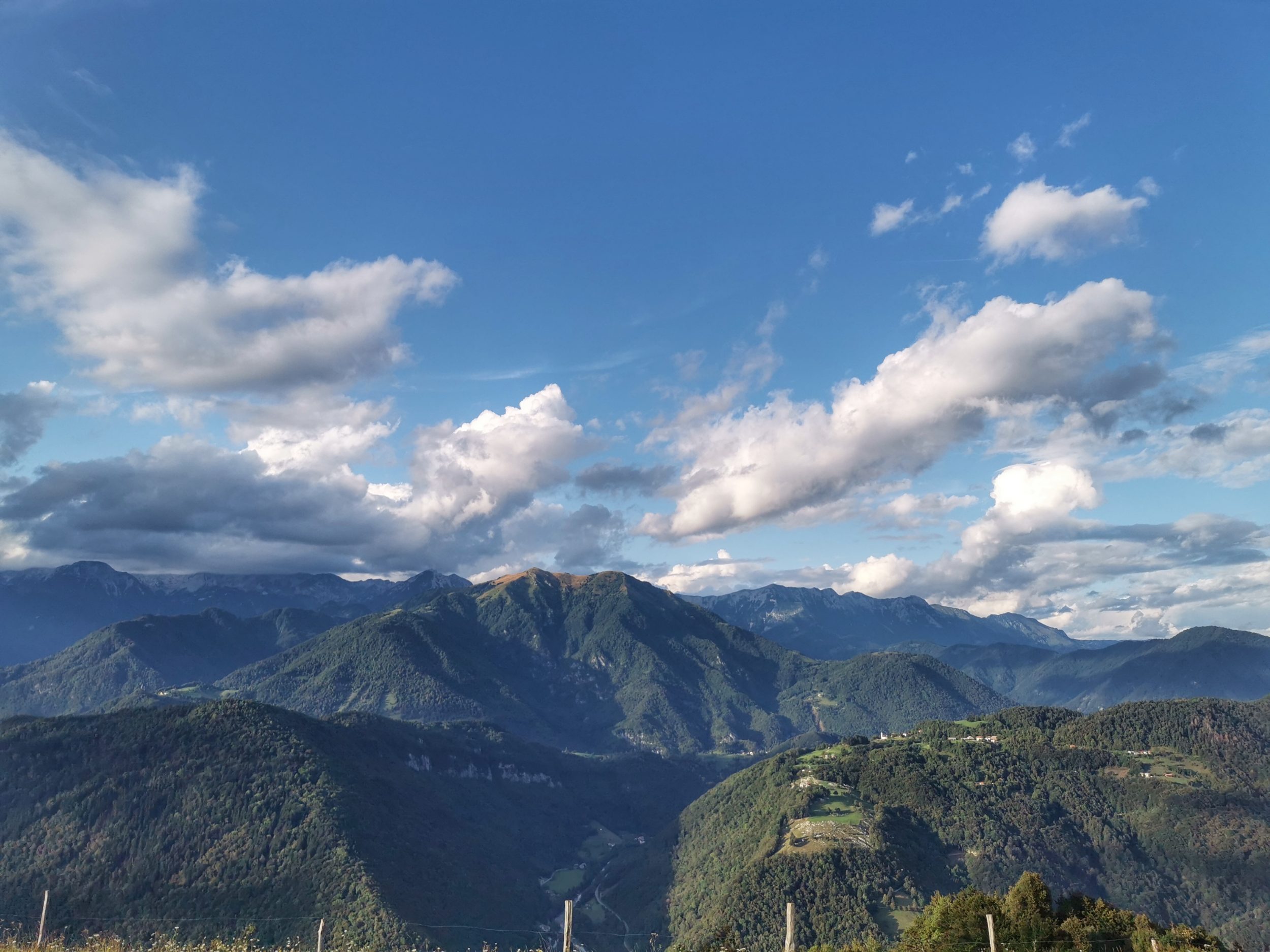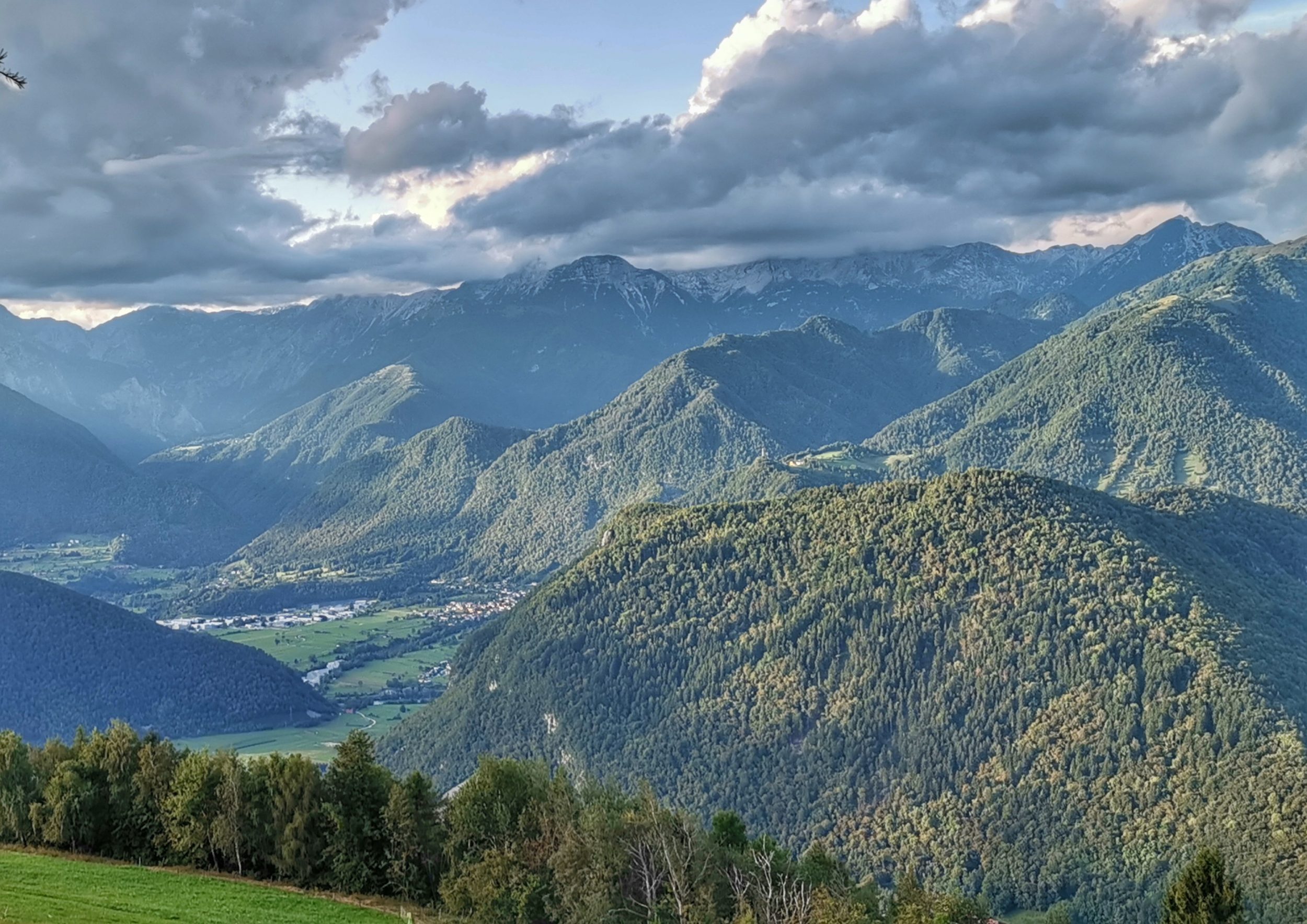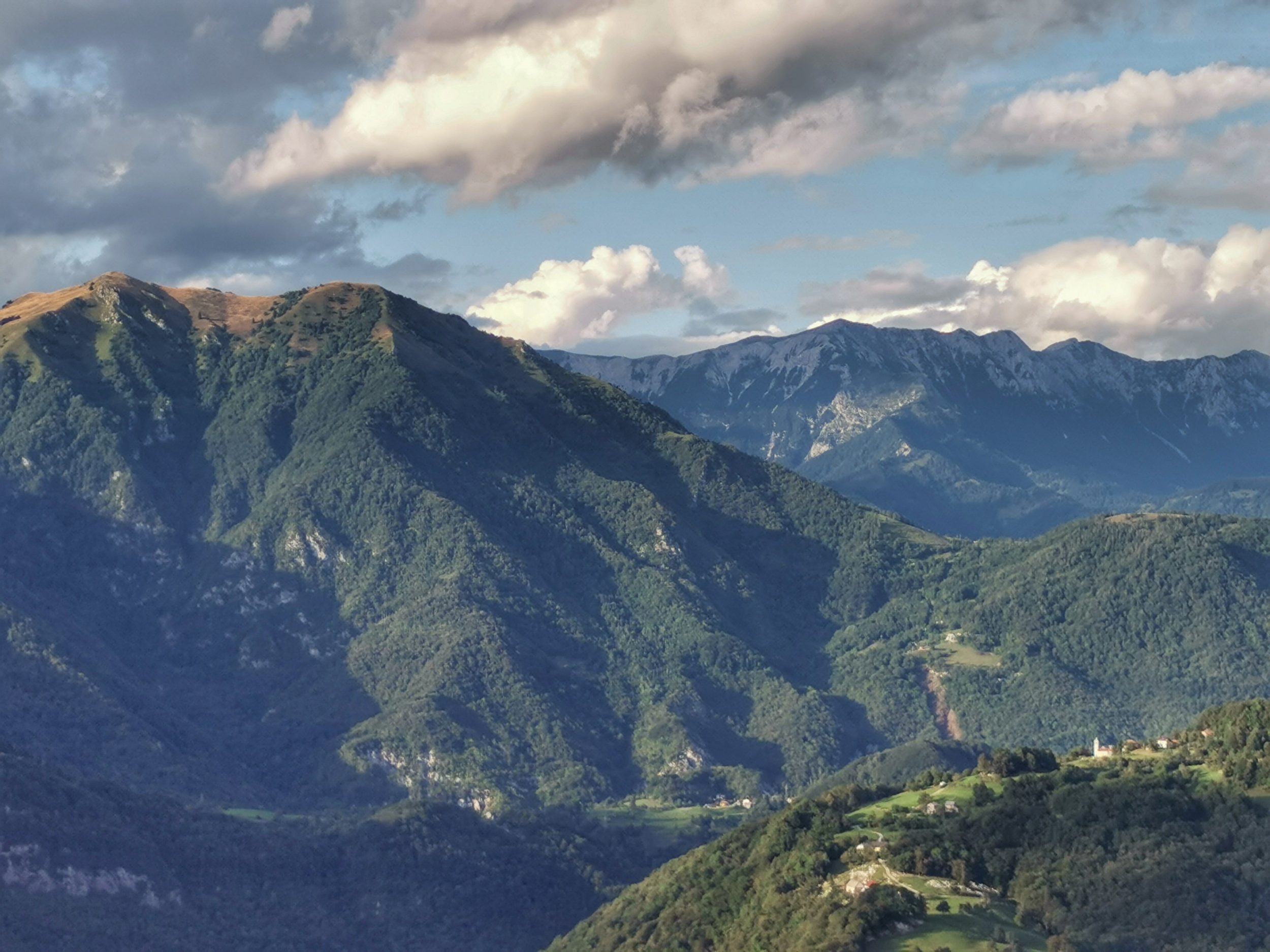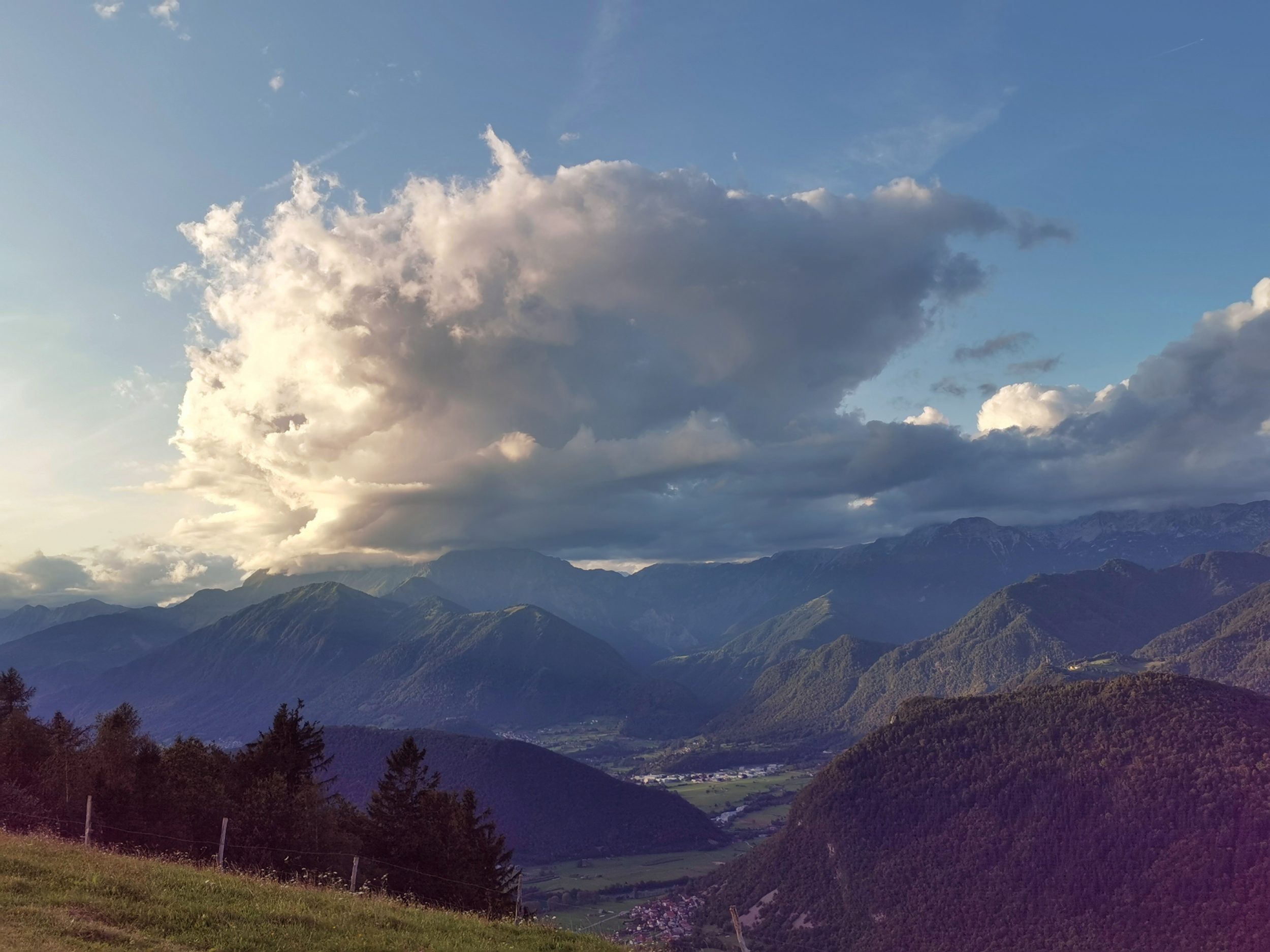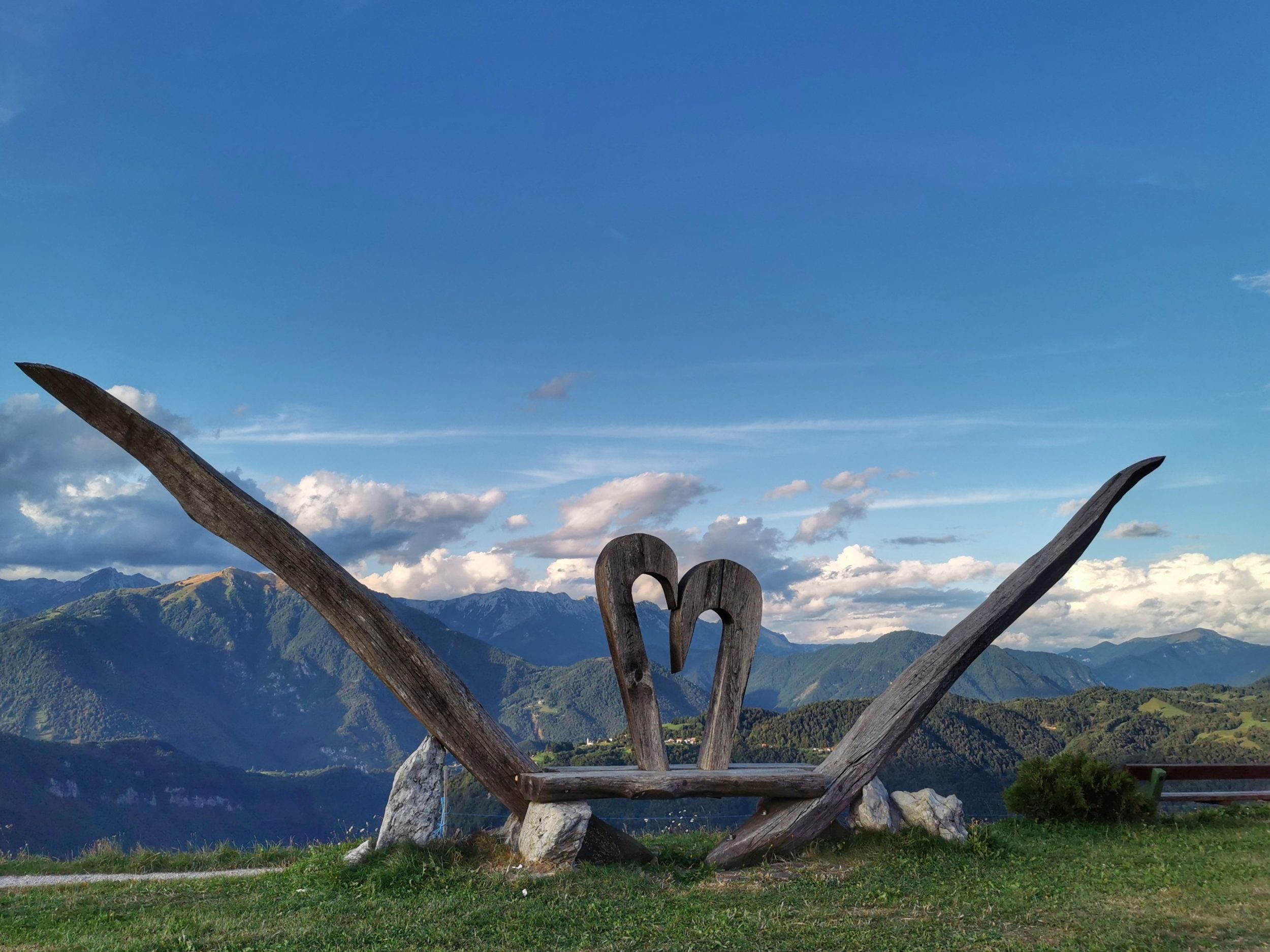Soča Valley is one of the most beautiful and most visited parts of Slovenia, but a bit remote too – it takes two hours to get there from Ljubljana by car! It was the sixth Instameet by Igslovenia but first one at such a remote location so it took us a while to finally decide to do it. We have partnered with Dolina Soče tourist organisation and it’s representative and @socavalley administrator, Tatjana, has greeted us on Saturday morning in the charming small city of Kobarid. It was the first time that Sanja and me didn’t meet any of the participants before and they didn’t know each other so we were breaking the ice with coffee while waiting to enter the small bus, courtesy of Dolina Soče.

It didn’t take long since the light is important for photographers and we were all there just for that – to take some photos together.
Soča Valley is very beautiful, long and popular. Success of the photos with Soča River can be compared to those with Bled Island, at least on our Instagram account. These photos are usually taken from 4 – 5 different locations between Kobarid and the end of Trenta Valley (where is the source of Soča River). But the valley has so much more to offer and we are never satisfied with the obvious so we decided to start with some parts of the valley which are not so well known.

Nadiža River is technically not a part of the valley – it’s turqoise waters, torrential during the frequent storms, originate under the massive Stol range. At the foot of mount Matajur it turns south, crosses the border into Italy and concludes it’s 60 kilometer journey when it joins the river Ter (Torre). Who would care about details like this since it is only a few minutes drive from Kobarid and it is in summer populated not only by locals but by people even from Nova Gorica, almost 50 km away – still by the Soča River. And with a reason – it is very warm and has carved out pools and gorges, as well as depositing numerous shingle beaches. It is one of the cleanest and warmest Alpine rivers, some even say it has healing properties.

Tatjana was also part time our tour guide and she proposed to start exploring with Nadiža throughs, one of the most beautiful parts of the river and even less crowded since the access by cars is forbidden. We parked the bus in a small village Kredo to reach the river after 10 minutes walk which was not without surprises.

We had to cross the river with a hanging bridge and find a narrow steep path to the throughs – not without some effort but for a good reason though!

The untouched wild beauty just put everybody in his own movie and the day finally really begun.

More surprises on the way back to the bus – how to persuade one of the two horses to step over the wires back into its designated places. Just one hint – success is not proportional to the number of photographers who want to help:).

Next stop on the Nadiža River was the famous Napoleon Bridge. The famous stone bridge crossing the Nadiža gorge dates to around 1812 and stands mute testament to the routes crossing the area since at least the time of Ancient Rome. The bridge used to form part of the ancient route from Pradol and Robidišče along the Nadiža riverand further to the east. Current bridge was built at the time of the French emperor’s conquests, hence its name. Its uniqueness and technical accomplishment make it a precious architectural monument and a memorial to times past.

The bridge is just a few steps from the road so we were all immediately in full action – searching for different views, angles and approaches.

We were never short of voluntary models.

Of all sexes…

and species…:)

Photo by Ingmar Wein
There is a great photo of our dog, Tara, also in @sebo262‘s feed!
Our next destination was Robidišče: The village of Robidišče lies on the western edge of Slovenia. From the north, west and south it is enclosed by the state border. Across the border lies the Venetian Slovenia to which the village always gravitated. The old village is itself a living monument of times past.
After WW2 in 1947 Robidišče was cut off from Venetian Slovenia by the Iron curtain. Because of this more than 150 locals packed their belongings onto wagons, crossed the border into Italy and never returned. The village was drastically changed in 1976 when an earthquake with magnitude 8 on Richter scale shook the village. The reconstruction of the village was never completed and the village decreased. In 1869 the village had 178 inhabitants and in 1910 the number rose to 228. In 1991 there were only 17 people living in Robidišče and the number fell to 8 in 2000.
Robidišče is a nice starting point for hiking in the neighbourhood and admiring the old architecture. The highlight is the Vanče’s house which is over 300 years old and in which the original smoke kitchen is preserved. /breginjskikoten.wordpress.com/
 The village is charming but we have to admit that itself does not offer many photo opportunities – the village is small and houses renewed . We didn’t say it offers none though:)
The village is charming but we have to admit that itself does not offer many photo opportunities – the village is small and houses renewed . We didn’t say it offers none though:)

There is a magnificent view on Mt. Stol just beside the village but the sun was already pretty high and the skies clear – sunrise or sunset are definitely worth trying.
It was a hot day and after two working stops a short break with courtesy refreshments at Turistična kmetija Robidišče made no harm to anybody. The all local food was great too but we had to leave. Hop-on, Hop-off bus was waiting on us. It was his first day on duty in the season or better to say, a pre-day of duty since it served only our group – otherwise it is a seasonal service which a few times a day drives to some more remote tourist destinations like Robidišče. Visitors thus don’t need to drive their cars or rent them and are also start their cycling or hiking tours at the optimal starting points etc..
 Narrow and steep road took us again over the Nadiža upper stream, a pretty popular bathing spot and quite crowded already, so we just checked out @ingmarwein‘s levitation skills. We have already found out before that Tina of @followsunsets is a great model:)
Narrow and steep road took us again over the Nadiža upper stream, a pretty popular bathing spot and quite crowded already, so we just checked out @ingmarwein‘s levitation skills. We have already found out before that Tina of @followsunsets is a great model:)
Our next destination was Breginj, a village nested bellow Mt. Stol. The clustered old Breginj was an architectural pearl of Venetian Slovenian architecture. The ground plan of the village was round with concentric alleys called landrone. Most of the houses were built from stone with wooden exterior corridors (gank), stairways, balconies (linde) positioned on wooden or stone pillars with big overhangs and agricultural frescoes on the facade. The farmhouses were joined by intriguing sets of underpasses and overpasses. After the earthquake of 1976 the whole village was completely rebuilt. The remaining traditional houses are now a local museum. /breginjskikoten.wordpress.com/

Unfortunately rebuilding the village was focused only to give the people shelter and no historical elements were taken into account. Bot location itself is a very charming one and there are some views on the village, the mountains and the church above the village we wanted to explore.

A short examination from the best photo spot above the village cut down our expectations – it was middle of the day and clear skies, the light not appropriate for taking photos there so we decided to leave it for some other time. Photos above are from our previous visit.

One of the most popular destinations around Kobarid and in the valley itself is a Kozjak Waterfall. The picturesque Kozjak waterfall is caught in a stony amphitheatre not far away from Kobarid. It can be reached by an easy walking path by the riverbed of the emerald Soča River. /www.dolina-soce.com/

The Kozjak brook, feeding the Soča river from the east (on the left), springs high beneath Mt. Krnčica (2142 m), and runs through many pools making six waterfalls. One of Slovenia’s most picturesque waterfalls, the Veliki Kozjak, was created in the outlet of the lower Korita of the Kozjak Brook.
Approximately 250 meters lower, the water falls again. Here, the waterfall carved an underground hall. Its bottom is covered by a vast blue and green pool, and its walls are reminiscent of those in the Karst caves. A 15 meter high white water column offers its visitors an unforgettable scenery./www.dolina-soce.com/
Unfortunately popularity equals crowd. It is tough already to get a decent picture of the waterfall given the closed natural amphitheater with scattered source of light. When crowded it is even more difficult to get a shot without people standing in the way. But for dedicated photographer nothing is too difficult:)

Photo Ingmar Wein
Activity on the photo is illegal though:) You can check out a bit more classical take at the waterfall on @lukakotnikphoto‘s, @alanjereb‘s and @dejskovski‘s feed.
It was time for beer, some great pancakes (salty editions) in the camp near the river and slowly saying “goodbye, nice meeting you”. Phones were also ready for first posts:) Also girls from @igposocje took break in their studying for exams to greet us on their home territory.

On the way back to Kobarid some of us stopped at another classic spot to photographing Soča River, another bridge called Napoleon’s:). @dani.kla got his classic shot with kayaks there (check out in his feed) and I got @ingmarwein and @feinerkerl in action.

Some of us stayed for the rest of the day or even weekend, some headed for other great photo spots in the area. A week would probably be enough to cover only the best spots of the valley, not even trying to hike the less accessible waterfalls, villages, pastures and peaks.
We had a great day, made great photos and most important – some new friends! We thank everybody for joining us and especially Dolina Soče for hospitality!
More photos from the event: #instameetsoca and feeds of the participants. More detailed descriptions of some destinations are available in Where to in Slovenia section and we will be adding more of them.
Photos @zokus_gf , @sanya_lt and @ingmarwein.
Narration:@zokus_gf .


